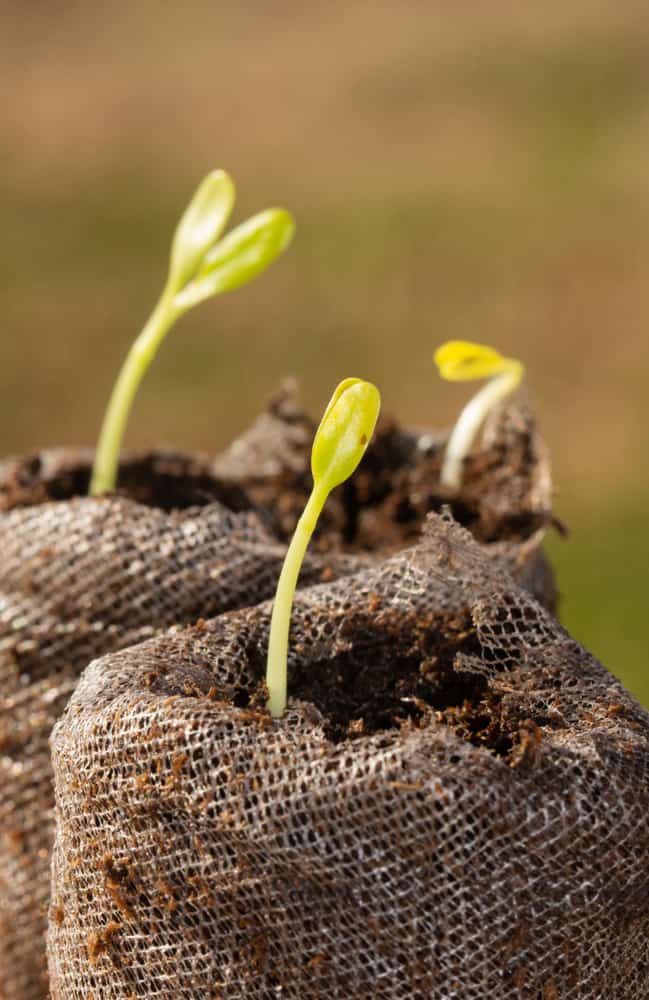
Spraying the aphid colonies with a strong spray of water is often all that needs to be done. Out of all these insects, oleander aphids are probably the only ones you could consider pests that may need some management. and Illinois and have been feeding on milkweed with monarchs for a long time. However, all of these insects, except for oleander aphids, are native to the U.S. Many people who grow milkweeds for monarchs aren’t particularly excited when they find other insects feeding on their milkweed plants. Additionally, they produce honeydew, which can lead to the development of sooty mold. Excessive feeding can cause plants to be stunted or deformed. They have straw-like mouthparts and will suck sap from plants. Like other aphids, they are often found in clusters on new growth. This means populations are capable of growing quickly. The females reproduce without mating (parthenogenesis) and give birth to live clones of themselves (they don’t lay eggs). They are native to the Mediterranean region, where their primary host plant is oleander (which is in the same plant family as milkweed). These aphids are bright yellow with black legs and cornicles. Oleander aphids ( Aphis nerii) are probably the most commonly asked about insects found on milkweed (other than monarchs). Unlike monarchs, which lay single eggs, these moths will lay masses of eggs on the undersides of leaves. However, underneath their wings is an orange abdomen with black spots. The adult moths appear rather non-descript with gray wings. When caterpillars are fully grown, they will drop to the ground and spin a gray cocoon where they will pupate. When caterpillar populations are high, they are capable of defoliating milkweed plants. Additionally, as they get larger, they will start to wander away from the group and feed alone or in pairs. These larger caterpillars will cut the veins in leaves to reduce the amount of latex in leaves, allowing them to consume entire leaves. When they are young, these caterpillars will feed in groups (gregarious) between the veins of milkweed leaves, leaving behind a skeletonized leaf.Īs they develop through different instars, they will be covered in tufts of black, white, and orange hairs. The newly hatched caterpillars are pale and hairless with black heads.

Milkweed tussock moth ( Euchaetes egle) will also feed on milkweeds.

Monarchs aren’t the only caterpillars you may find on milkweed.


 0 kommentar(er)
0 kommentar(er)
